Revival or Rebellion:
Yale’s History Shows Students Must Choose
Yale’s history will show that for the great majority of its 300+ years, Yale was thoroughly different from what it is today.
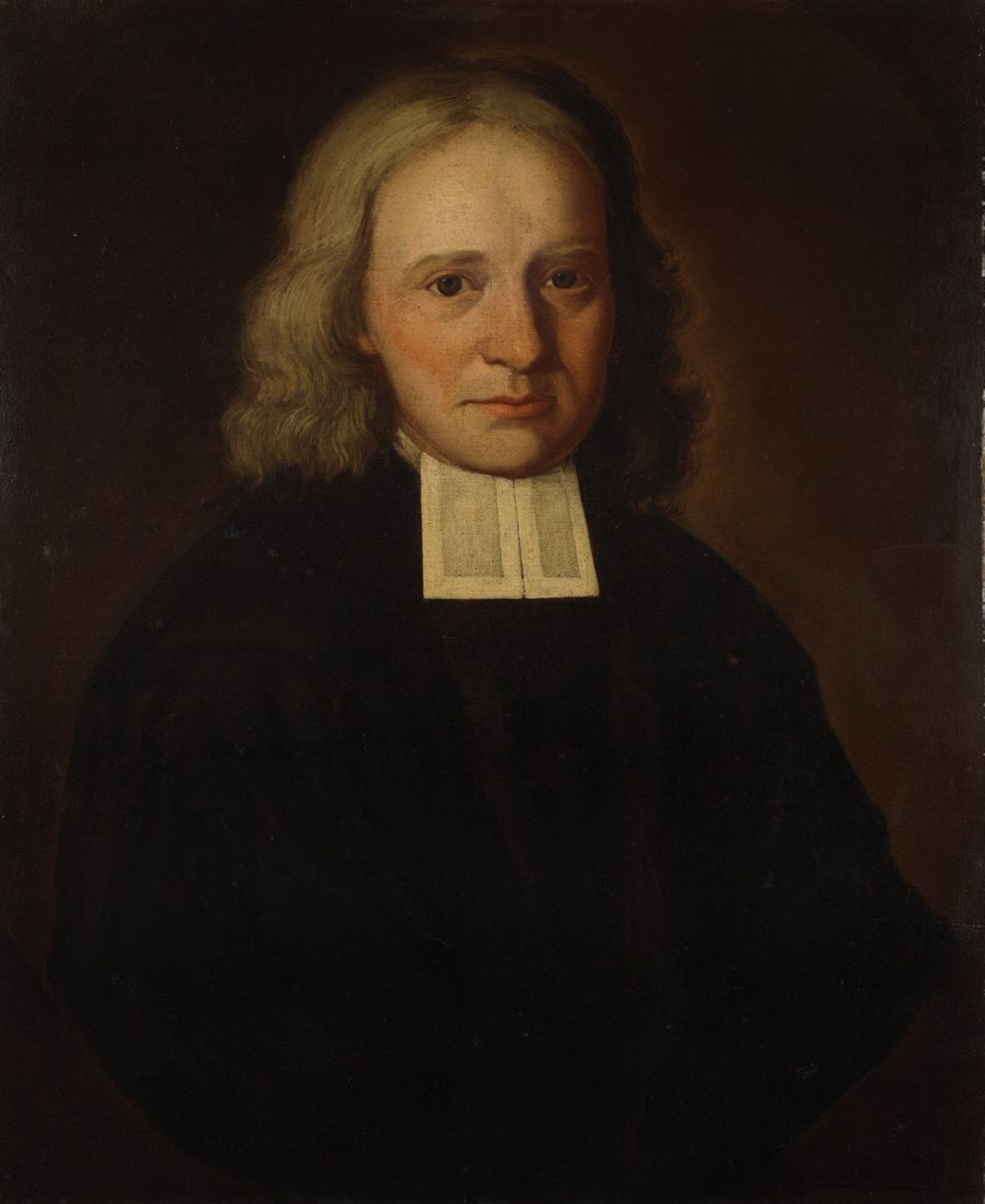
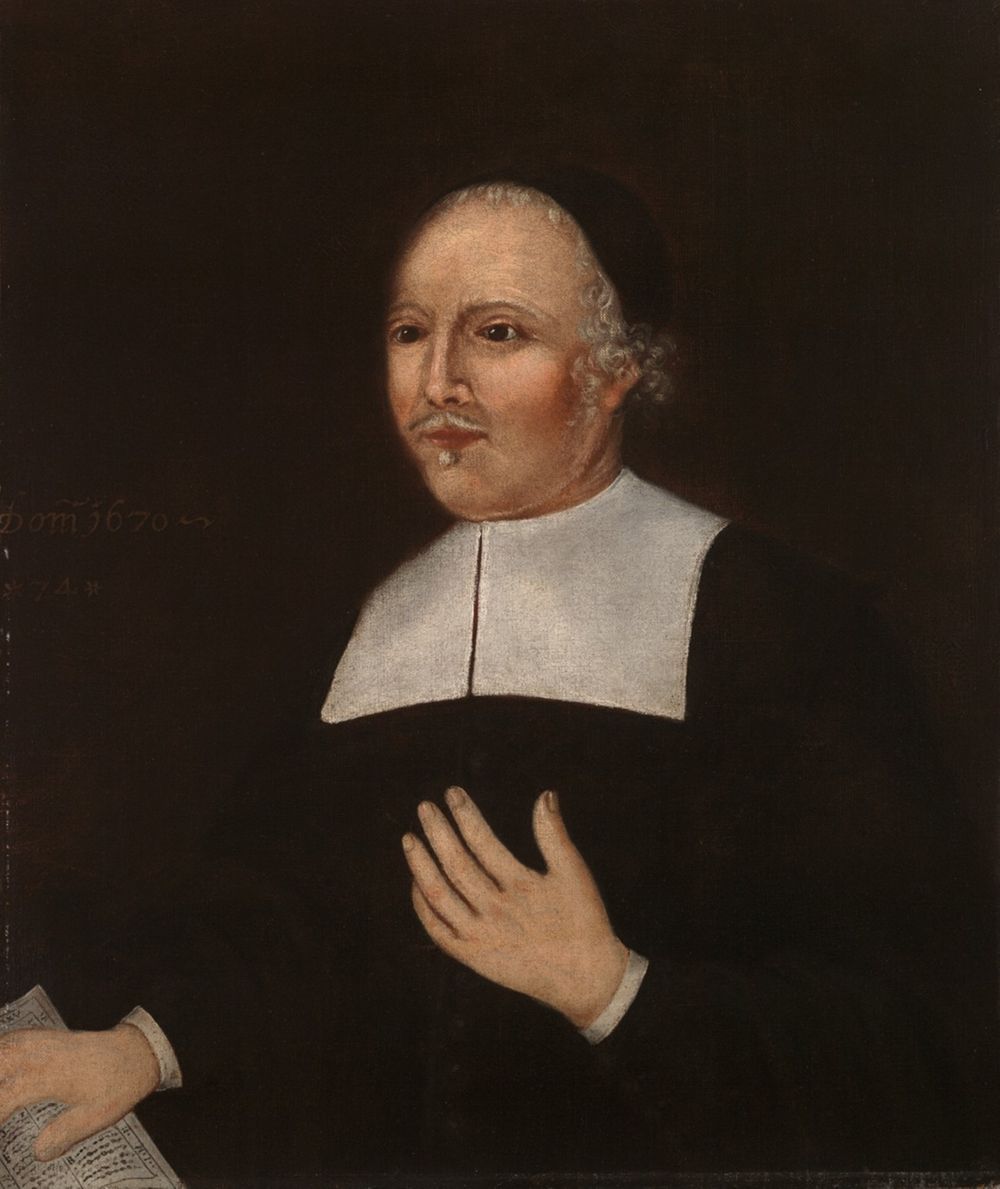
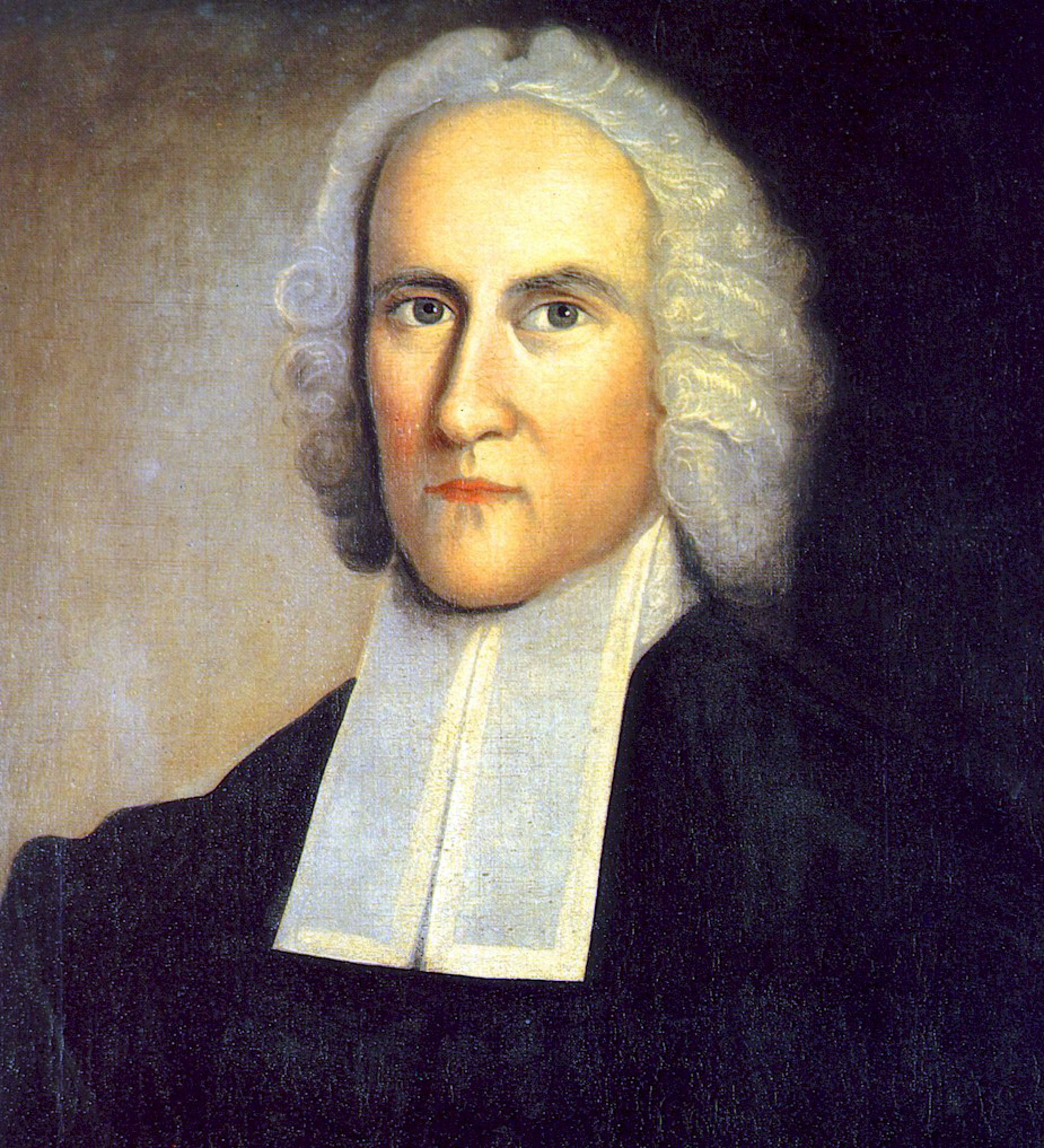
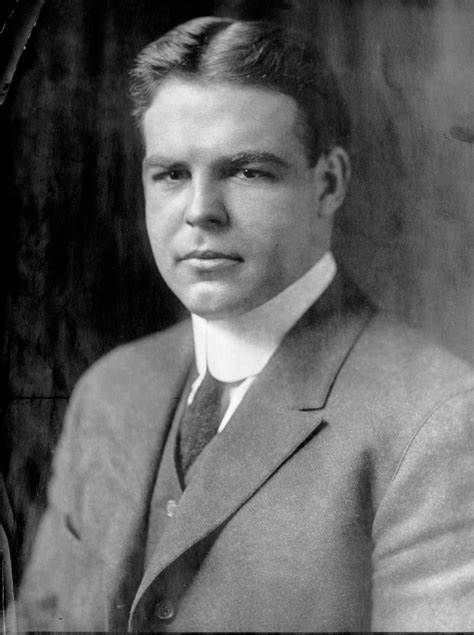
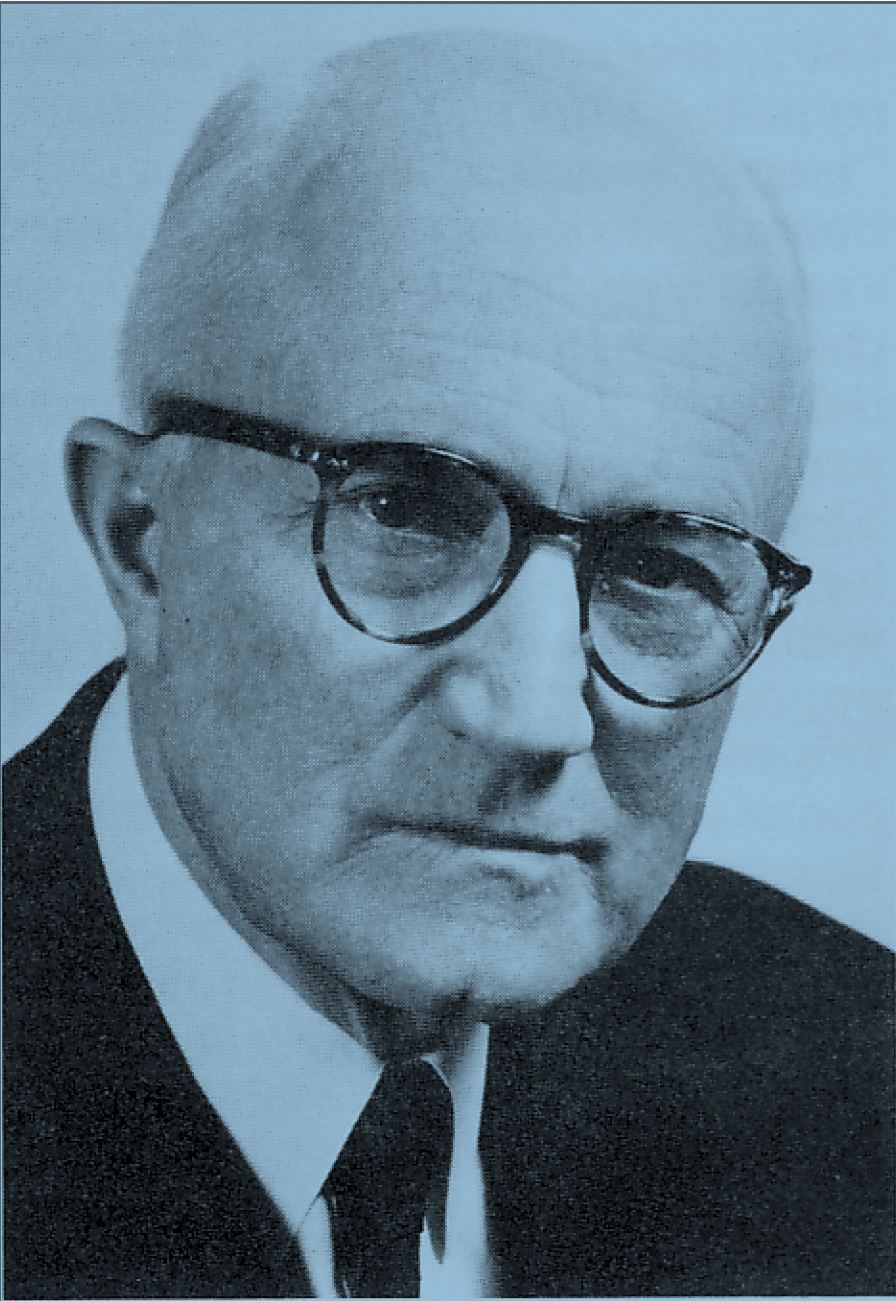
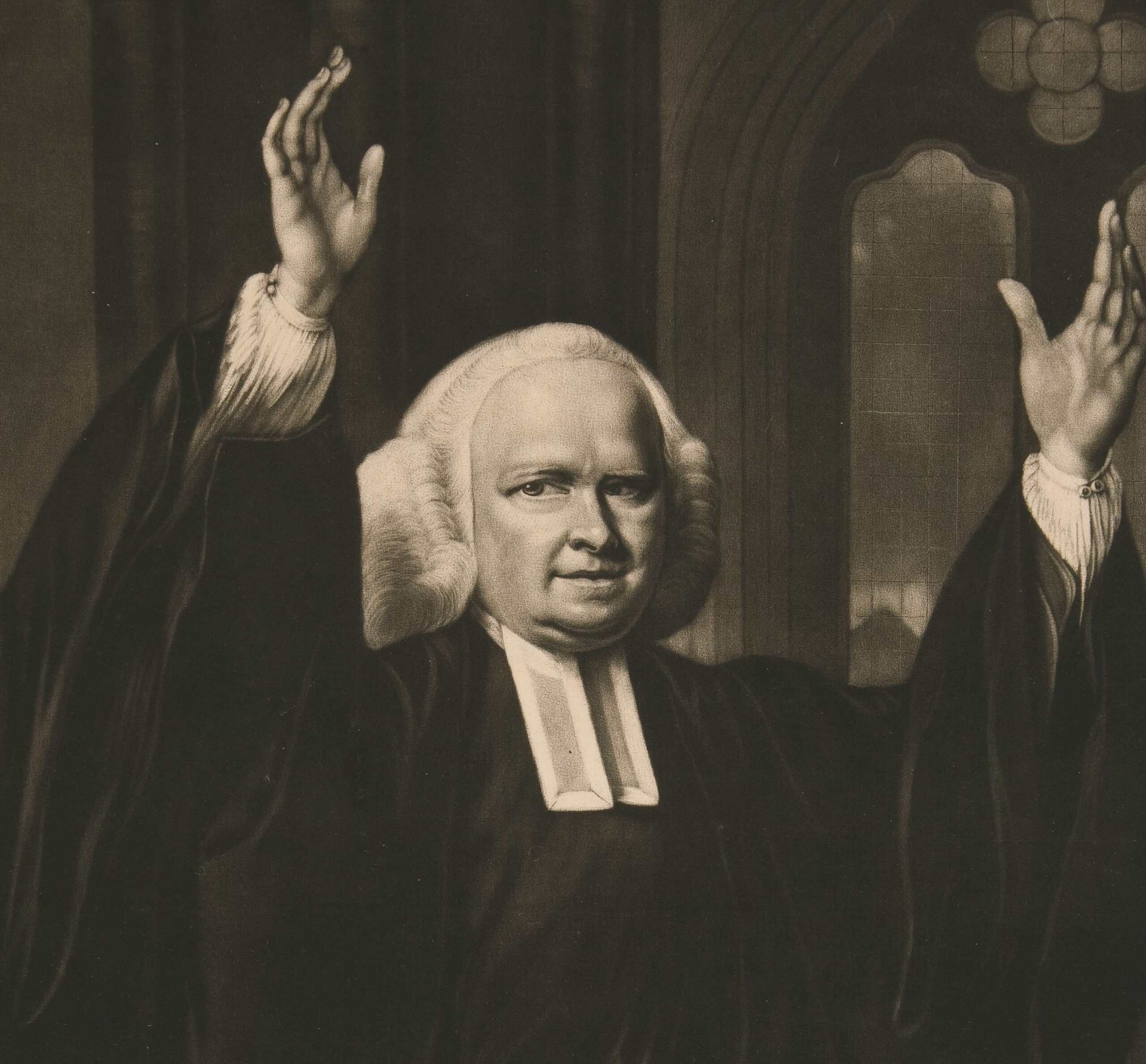
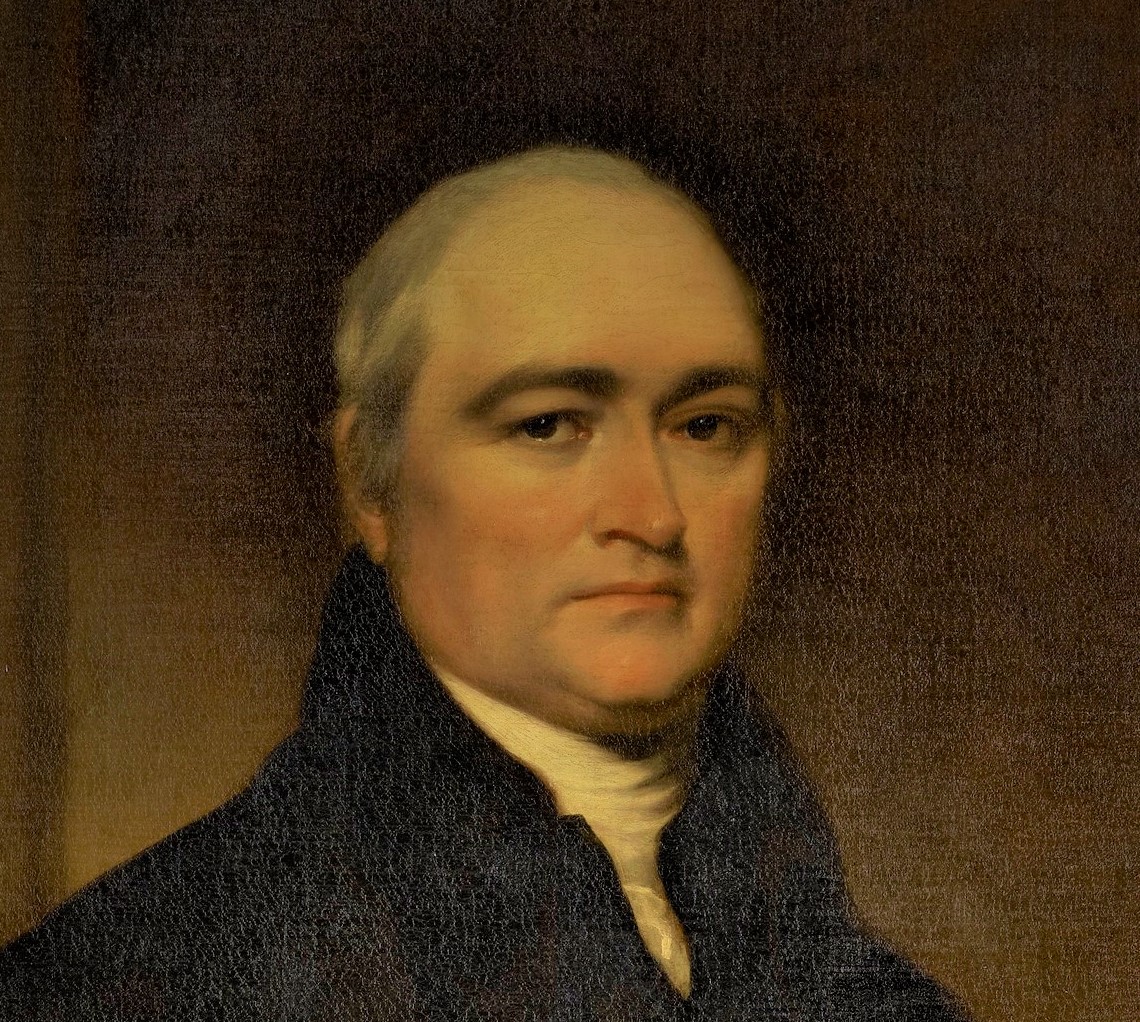
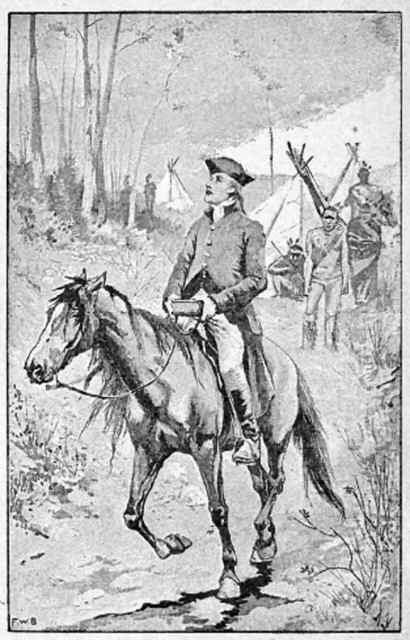


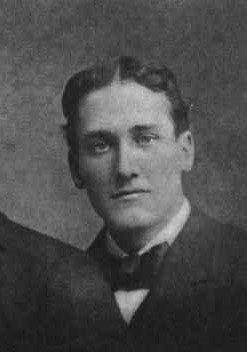
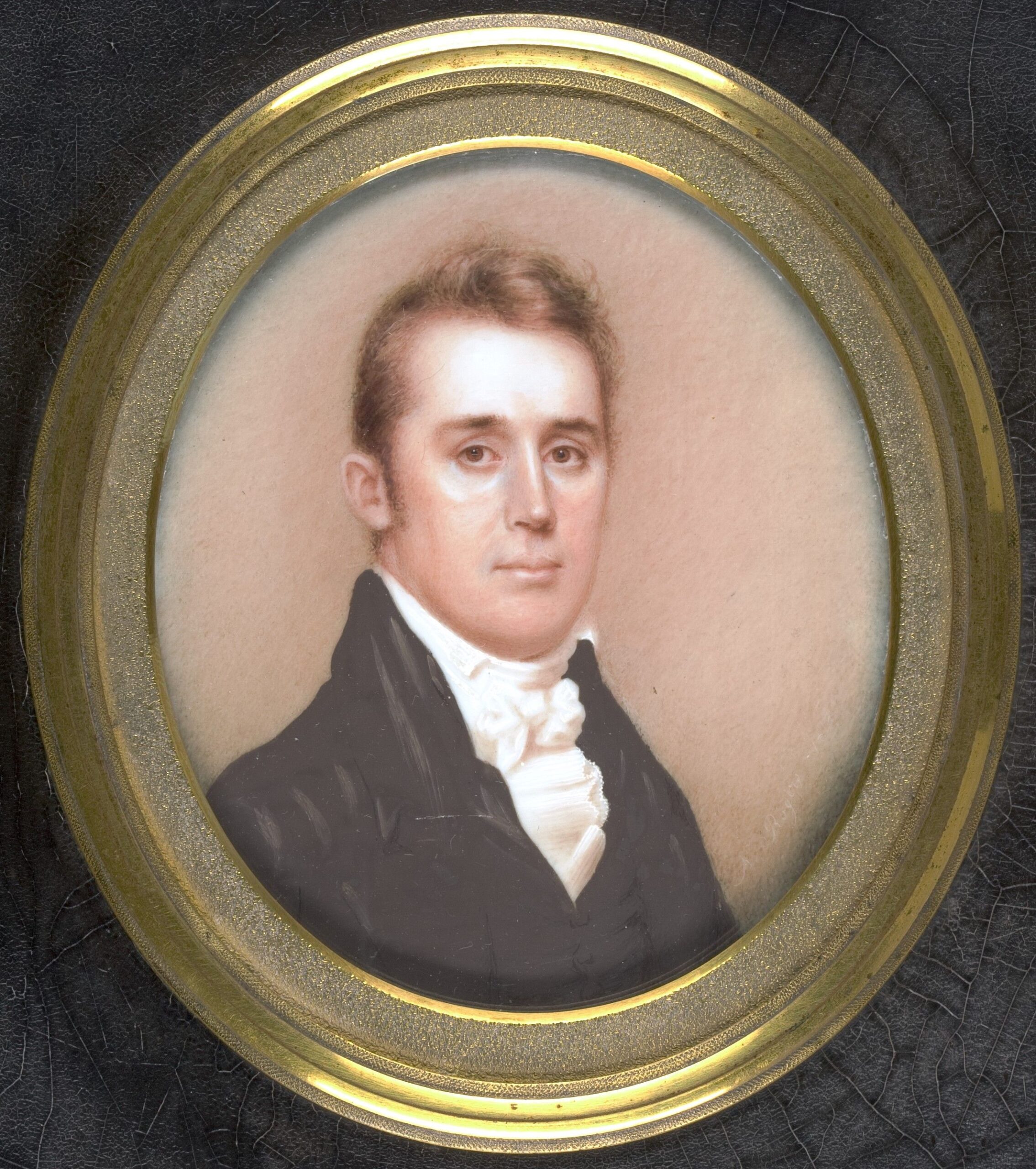
(This article was published in September 1969[, with additional details from “Frequent Revivals Mark Yale’s History”].)
An urgent choice confronts Yale: whether to continue in its present drift toward rebellion or to return to the foundation on which the college began and grew. The choice in short is: revival or rebellion. Yale’s amazing history is proof enough that the present course can be changed.
Today the average Yale undergraduate goes through his four years of college thinking that Yale has always been more or less what it is now. He could be confirmed in this belief by every aspect of his undergraduate life. Yale’s history will show that for the great majority of its 268 years, Yale was thoroughly different from what it is today.
Yale was first envisioned by John Davenport, the founder of New Haven. Davenport was a powerful young minister of London when the persecution headed by Archbishop Laud of London drove him into exile. He led other English Christians to found a colony at New Haven in 1638, where, said Davenport, he “would drive things in the first essay as near to the precept and pattern of Scripture as they could be driven.” From the beginning, the prosperous New Haveners could plan seriously toward a college, and Davenport urged a college as a necessity for a Christian state. By 1648, just ten years after landing, they voted to set aside land in New Haven for the support and eventual location of the college on the Green.
Only the attacks of hostile Indians and legal trouble with the neighboring Connecticut Colony stopped Davenport from founding the college in the 1660’s. His college was not to be a seminary but “to fit youth…for the service of God in Church and Commonwealth.” After Davenport’s death in 1684, his successor James Pierpont, and several other ministers finally founded Yale in 1701.
The ten founders confirmed John Davenport’s dream for Yale in the first charter. The young men who came to Yale were to “be fitted for public employment both in Church and Civil State.” The first rector, Abraham Pierson, accepted the rectorship in a similar vein, saying he “durst not refuse such a service to God and his generation.” Four-fifths of Rector Pierson’s students later became ministers.
Under Pierson’s direction, the first Yale men met together twice a day for prayer, at sunrise and in the late afternoon. “A mile walk in the early hours of a gray winter morning” to the meeting would bring them to a scene such as this: “The wintry blast howls around and shrieks among the loose clapboards; and half-fastened windows clatter; and the walls re-echo to the thumping of thick boots as their wearers endeavor to keep up the circulation in their half-frozen feet.”
Yale was only a few years old when Jonathan Edwards entered the college at the age of thirteen. In 1720 he graduated from Yale with the highest honors at the age of seventeen. At graduation he was filled with “an inward, secret delight in God,” and he resolved “to live with all my might while I do live.”
Edwards became an instructor at Yale and later pastor of the church in Northampton, Massachusetts. When he decided to stop preaching “about Christ” and to start “to preach Christ” at his church, a revival started there which spread through New England, swept over Yale, reached England, and echoed back to America again. Edwards’ book A Narrative of Surprising Conversions came into the hands of Isaac Watts in England, the author of the hymn “Joy to the World.” When Watts published the book, it had a powerful influence both in England and America.
Isaac Watts described the revival, called by historians the First Great Awakening, in his introduction to Edward’s book: “…Wheresoever God works with power for salvation upon the minds of men, there will be some discoveries of a sense of sin, of the danger of the wrath of God, of the all-sufficiency of His Son Jesus to relieve us under all our spiritual wants and distresses, and a hearty consent to receive Him….”
The famous English evangelist George Whitefield, then 25 years old, visited Yale in 1740 during the Great Awakening. He preached to “enormous crowds” on New Haven Green and then at Center Church. The first Yale revival occurred the following spring. “The results of this revival seem to have been permanent, as evinced in the lives of the students who confessed Christ.” Whitefield stayed only a weekend in New Haven on his way through New England, but the students professed an active and intense Christian faith for years afterwards.

The famous English evangelist George Whitefield, then 25 years old, visited Yale during the Great Awakening. He preached to “enormous crowds” on New Haven Green and then at Center Church. The first Yale revival occurred the following spring. “The results of this revival seem to have been permanent, as evinced in the lives of the students who confessed Christ.”
One of the two or three outstanding students active in the Yale revival was David Brainerd, a sophomore at the time. Although regulations of the time strictly forbade speaking to upperclassmen unless first spoken to, Brainerd freely presented the Gospel to men of all classes. He quickly became a leader in spiritual matters, and earned the hostility of the more traditional-minded chaplain. Because of this opposition he was expelled without justification early in 1742. Refusing several invitations to become a pastor of various churches, Brainerd became a missionary to the Indians in New York State, Pennsylvania, and New Jersey. He gave his life without reserve in ministering to his Indian converts and preaching to the unconverted.
During the American Revolution, Ezra Stiles became president of Yale (1778). Stiles was a frequent visitor to the Jewish synagogue in Newport, Rhode Island, one of three synagogues in all of America at that time. He was always eager to discuss Hebrew, the Torah, and every aspect of Jewish life. He invited every Jew that passed through New Haven to dinner at his house. He would go out of his way to meet a rabbi—he met five in his lifetime—and he often discussed with them the suffering Messiah of Psalm 22 and Isaiah 53. Stiles was America’s leading Hebrew scholar at the time.
The “French infidelity,” a philosophy which was born with the French Revolution, had become widespread at Yale when Timothy Dwight became president in 1795. “The frank and direct way in which he met and overcame the infidels immediately upon his accession was characteristic of the man. They thought the faculty were afraid of open discussion, but when they handed Dr. Dwight a list of subjects for class disputation, to their surprise he selected this: ‘Is the Bible the word of God?’ and told them to do their best. He heard all they had to say, answered them, and there was an end. He preached incessantly for six months on the subject, and all infidelity skulked and hid its head.”
Timothy Dwight, a graduate of Yale, combined the offices of evangelist and minister with that of educator while he was president of Yale. After seven years of preaching, Dwight saw a “quiet but thorough” revival begin among the students in 1802.

Timothy Dwight preached incessantly for six months on the subject [of "Is the Bible the word of God?"], and all infidelity skulked and hid its head.” During his seventh year as president, Dwight saw a “quiet but thorough” revival begin among his students in 1802.
Benjamin Silliman, an instructor at Yale at the time, described the scene in one of his letters: “Yale College is a little temple; prayer and praise seem to be the delight of the greater part of the students while those who are still unfeeling are awed into respectful silence.” Silliman himself was converted during this revival. Soon afterward, he began to lead Bible studies for interested students and to counsel the younger Christians on campus. One biographer commented, “Throughout the rest of his life the depth and sincerity of his religious convictions (from 1802) influenced all that he undertook. Only in this way was he able to accomplish in that age the work which caused him to be described by another Yale president as ‘the father of American scientific education.’”

“Yale College is a little temple; prayer and praise seem to be the delight of the greater part of the students while those who are still unfeeling are awed into respectful silence.”
Yale Instructor Benjamin Silliman in 1802
Though Timothy Dwight was the major figure in the revival of 1802, students promoted the later revivals. Informal prayer groups, “moral societies,” and later missionary societies were established exclusively “by students and for students.” The revival in 1812 was initiated completely by the undergraduates: “It was early in the winter of 1812-1813 that several members of the senior class…mostly unknown to one another, engaged in prayer for this spiritual awakening.” They prayed especially for one senior, Elias Cornelius, because he would be the one mostly likely to oppose a revival. “The change in this man soon after was sudden and complete, and made a great impression upon the college. He broke soon after with evil company and profanity. In time he became fully conscious of Christ’s power and presence.” Elias Cornelius led twenty members of his own class to accept Christ before their graduation.
Elias Cornelius:
The one mostly likely to oppose a revival had a sudden and complete change, and in time became fully conscious of Christ’s power and presence, and led 20 in his class to accept Christ.
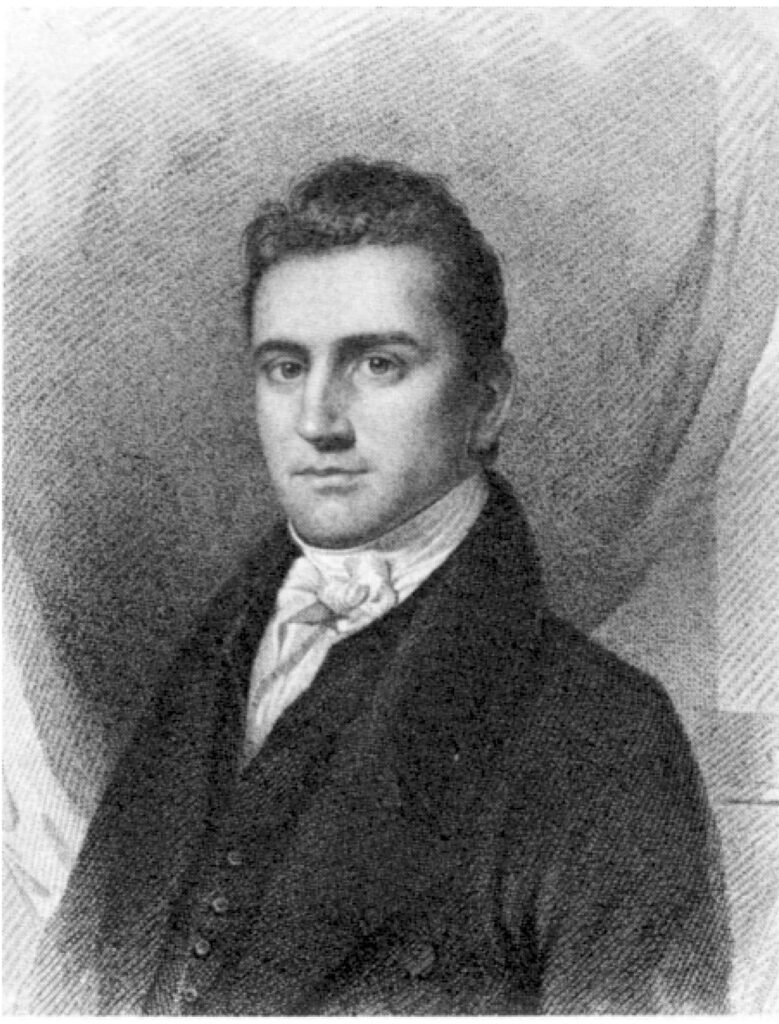
Yale became prominent during Dwight’s administration as a national institution and a Christian college. An outsider’s view of Yale is illustrated in some memoirs of the time: “In the summer of 1809 he visited New Haven, then a sort of a Jerusalem…a holy place containing Yale College, of which Dr. Dwight was president.” The revivals did not cease after Timothy Dwight died in 1817. The years 1820, 1821, 1822, 1823, and 1824 were each marked by spiritual awakenings among the students. In the spring of 1825, there was “another and more extensive outpouring of the Holy Spirit.” The revival which followed this two years later, in March 1827, was marked especially “by the conversion of a knot of very wicked young men, whose piety at a subsequent period became equally eminent.” The movement started at Yale and spread to New Haven; for every Yale man converted there were nine New Haveners converted. “Its effect upon student morals and order was so great that for a year not a single student was disciplined by the faculty.” Revivals again swept over Yale in 1835, 1836, and 1841. The revival of 1841 was so important to the students that they cancelled the Junior Ball that year.
“[The revival’s] effect upon student morals and order was so great that for a year not a single student was disciplined by the faculty.”
A revival also began at Yale during the national revival of 1858. “The Yale revival started on the day of prayer for the colleges and…was characterized by multiplied and crowded prayer meetings, which sometimes embraced every member of a given college class. There were no special preachers. The members of the faculty most prominent in the meetings were President Woolsey, Dr. Fisher (the chaplain), Professors Goodrich and Thacher, and Tutor Hutchinson. No special church services were held. There were early morning prayer groups, and large numbers of the students took part in the morning meetings held in Centre Church by the townspeople.”
The revivals at Yale were not isolated outbreaks but were high points in the continuing Christian life of the college throughout the last century. One Yale historian said, “They have been proved to be genuine by the improvement in morals, which has invariably followed in their train.” Twenty years after the 1858 revival, the Yale News reported, “President (Noah) Porter addressed the Christian students of Yale College last night…. He spoke with feeling of the necessity of personal work for the salvation of such students as have not yet accepted Christ.” In 1901 Professor Northrup, one of the founders of Yale’s YMCA, reported that the majority of Yale students were “professed followers of Jesus Christ.”
The missionary move at Yale continued alongside the revivals and heightened at the close of the nineteenth century. Yale’s first martyr, Horace Tracy Pitkin, died in the Boxer Rebellion in China in 1900, spurring the movement at Yale to greater activity.
Beyond 1900, the career of William W. Borden (1909) saw the formation of Bible study classes totaling a thousand members out of 1300 undergraduates at Yale. Borden became a Christian early in life, and though he was a millionaire, decided to become a missionary when he took a trip around the world the year before entering Yale. He came to Yale with that purpose in mind, but between that time and the mission field he did a prodigious amount of work at Yale. He excelled as a student and as a personal evangelist, founded the Yale Hope Mission for New Haven’s derelicts, began Bible studies, and made it his habit to pick the least likely men on campus to talk with and invite to these meetings. While at Yale he planned to do his life’s work among the three million Moslems of Kansu, in Northwest China, who were without any missionaries.
After working at a tremendous pace in America for three years after graduation, he spent the last year of his life in Egypt in missionary training. He died there of meningitis at the age of 25. “When the death of William Whiting Borden was cabled from Egypt, it seemed as though a wave of sorrow went round the world. There was scarcely a newspaper in the United States that did not publish some account of a life which had combined elements so unusual…. Borden gave not only his wealth, but himself, in a way so joyous and natural that it was manifestly a privilege rather than a sacrifice.”
Dr. Kenneth Scott Latourette, who was one of his closest friends, said of Borden when he was at Yale, “His rugged yet simple faith in Christ as Saviour and Lord, and in the Bible as God’s inspired Word, is a tonic to me, for one, whenever I am tempted to drift into barren doubtings….” Later he said, “Of course the outstanding thing in one’s memory of Bill is his missionary motive. He was so sane and unpretending about it, and yet it was so completely a part of his life.”
Yale students also participated in the official college worship services. Dr. Kenneth Scott Latourette wrote in his autobiography of Yale’s spiritual condition before the First World War: “In common with several Eastern colleges, attendance was required at daily and Sunday chapel services. During my student years no complaint was raised against the custom. Indeed, my class voted overwhelmingly for its continuation.”
But by the 1920’s events at Yale had begun to take a different course. “The temper had changed almost beyond recognition from my student days,” Dr. Latourette wrote. “The kind of Bible study, indeed any voluntary Bible study such as had flourished before World War I, was impossible. Very few undergraduates would listen to the suggestion that they consider foreign missions or even the ministry as a life work. Undergraduate agitation against required chapel was vocal and shortly prevailed.”
Latourette also found fewer Christians at Yale. “During the 1920’s Christian conviction and commitment among Yale undergraduates—and, I gather, in many other universities—dwindled. At its lowest point, near the end of the decade, the attitude of Dwight Hall was that Christianity is interesting, if true. Concern for foreign missions was almost non-existent.” This condition has prevailed at Yale up until the present day.
Latourette’s own life, however, was an outstanding exception to this trend. After graduating from Yale, he coordinated the thousand-man Bible studies for a time. He later went to the mission field in China, but illness forced him to return to the States. He eventually came back to Yale. “Here I saw dimly, but decisively, the divine purpose in my life,” he wrote later. Despite his fame as an historian—he wrote 83 books and received 17 honorary degrees—scholarship was secondary to him. His chief interest was students. For years he held a special Bible class for freshmen, and three informal groups of students met by the fireside in his study every week. He also took time for counseling—he dissuaded one young man from committing suicide and guided him into a new life in Jesus Christ. Until the end of his life in December 1968, Dr. Latourette considered himself a missionary and friend to the students at Yale.
Yale today is, nevertheless, a product of many men, alike only in holding the same vision and having faith in God to make the vision a reality—a college separated to God. This vision is still Yale’s standard. “A university can be wholesome only when a large group of determined men set their faces in that direction—we will take no rest until He establish and make Yale a praise in the earth.” (Henry Burt Wright)
(plaque in Dwight Hall Library)
Henry Burt Wright
1867-1923
HE THAT DOETH THE WILL OF GOD ABIDETH FOREVER
Scholar – Teacher – Evangelist – Friend
“A university can be wholesome only when a large group of determined men set their faces in that direction – we will take no rest until He establish and make Yale a praise in the earth.”
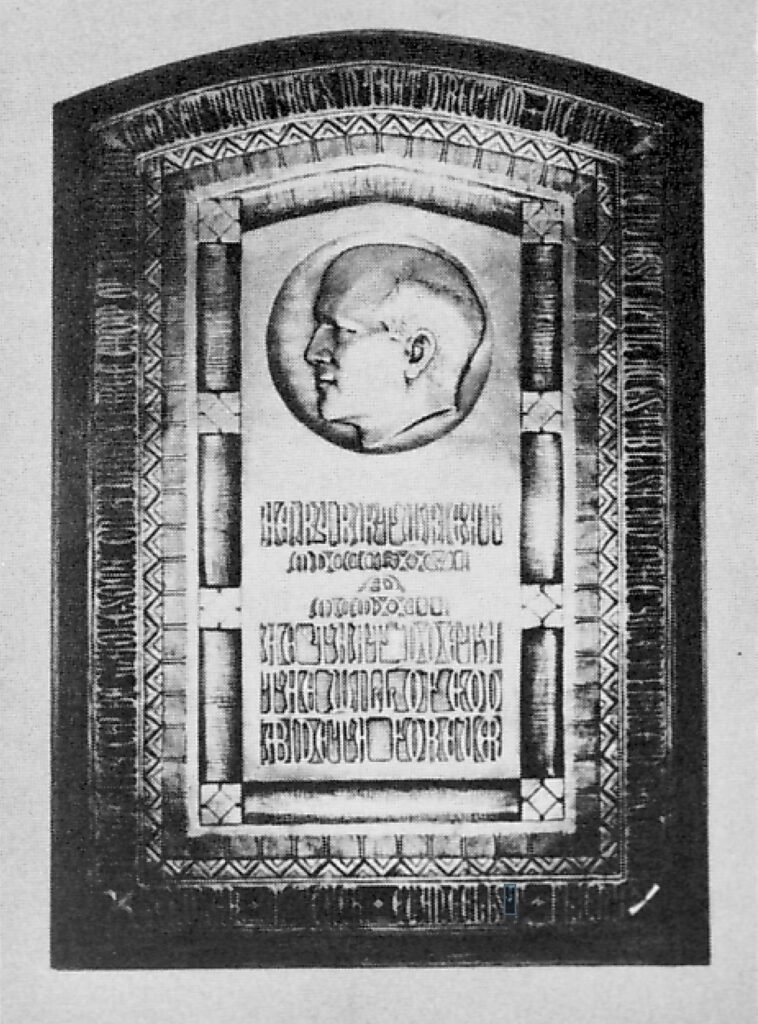
Henry Burt Wright
“Henry Wright [class of 1898] was the son of the Dean of Yale College…while an undergraduate he made a conscious and revolutionary commitment at a Northfield Conference as a result of an appeal by Moody for a decision for Christ.
“…After taking his Ph.D., he became a member of the faculty of Yale College. His chief concern was for individuals. He taught a freshman Bible class in the life of Christ, some of them students, some adults, others rough lads in Oakham, the Massachusetts village where his father had been reared and where the family spent its summers. He was the most indefatigable personal evangelist I have ever known. He gathered about him a group, mostly of students, who shared his commitment to Christ, which met weekly and with whom he revealed his deepest purposes and his faith…. It was chiefly that experience which has led me throughout my teaching years to gather similar groups.
“[In 1923 Wright] had a hemorrhage in a lung that had earlier been badly damaged through an infection contracted while he was nursing one of the lads of that village [Oakham] who was dying of tuberculosis. His last words were: ‘Life here with Christ has been wonderful; it will be richer hereafter.’”
(from Beyond the Ranges by Kenneth Scott Latourette.)

“What lies beyond this present life I cannot know in detail, but I know Who is there and am convinced that through God’s grace, that love which I do not and cannot deserve, eternal life has begun here and now, and eternal life is to know God and Jesus Christ whom He has sent.”
Professor Kenneth Scott Latourette
